Search Definitions
Browse Content (p. 151)

Definition
Kievan Rus
Kievan Rus (862-1242) was a medieval political federation located in modern-day Belarus, Ukraine, and part of Russia (the latter named for the Rus, a Scandinavian people). The name Kievan Rus is a modern-day (19th century) designation but...

Definition
Cwenthryth of Mercia
Cwenthryth of Mercia (also given as Cwoenthryth, 9th century CE) was the daughter of King Coenwulf (r. 796-821 CE). Little is known of her actual life but she later became infamous in the 12th century CE through the legend of St. Kenelm as...
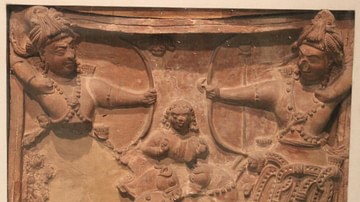
Definition
Ancient Indian Warfare
War was the chief means by which territory was annexed or rulers defeated in ancient India, which was divided into multiple kingdoms, republics and empires. Often one empire predominated or different empires co-existed. The Vedic literature...

Definition
Kingdom of Mercia
The Kingdom of Mercia (c. 527-879 CE) was an Anglo-Saxon political entity located in the midlands of present-day Britain and bordered on the south by the Kingdom of Wessex, on the west by Wales, north by Northumbria, and on the east by East...
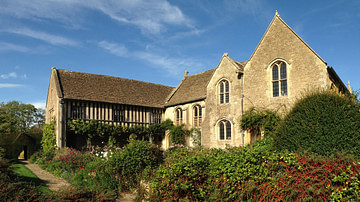
Definition
Manorialism
Medieval European Manorialism (Manorial System) was the system where rural society was arranged around a manor house or castle on an estate. The smallest units of these estates were called manors. Free and unfree labourers here worked the...
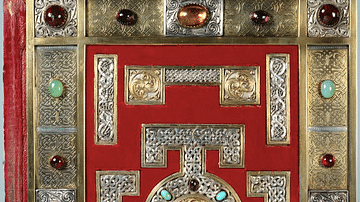
Definition
Kingdom of Northumbria
The Kingdom of Northumbria (c. 604-954 CE) was a political entity in the north of modern-day Britain with Mercia directly to the south, the Kingdoms of the Welsh to the west, and the land of the Picts to the north; the eastern line of the...

Definition
Odo of West Francia
Odo of West Francia (also known as Eudes, l. c. 856-898 CE, r. 888-898 CE) was Count of Paris and hero of the Viking Siege of Paris 885-886 CE who was shortly afterwards elected King of West Francia. He was the son of Robert The Strong (c.830-866...
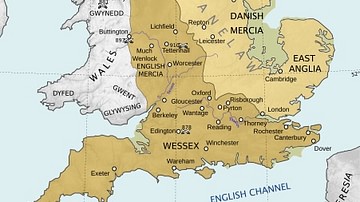
Definition
Kingdom of Wessex
The Kingdom of Wessex (c. 519-927 CE or c. 519-1066 CE) was a political entity founded by the West Saxon Chieftain Cerdic (r. 519-540 CE) in 519 CE in the Upper Thames Valley of modern-day Britain which would later evolve into the modern...
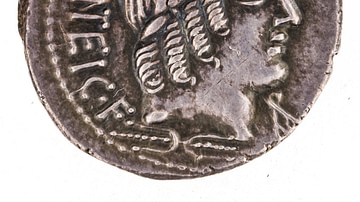
Definition
Vejovis
Vejovis (sometimes spelt Vediovis) was an obscure Roman deity. He is poorly attested in both written sources and archaeology, and his nature is debated by scholars. His name is related to Jove (Jupiter), and some authors described him as...
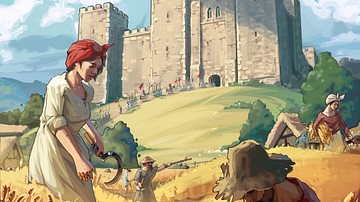
Definition
Feudalism
Feudalism was the system in 10th-13th century European medieval societies where a social hierarchy was established based on local administrative control and the distribution of land into units (fiefs). A landowner (lord) gave a fief, along...